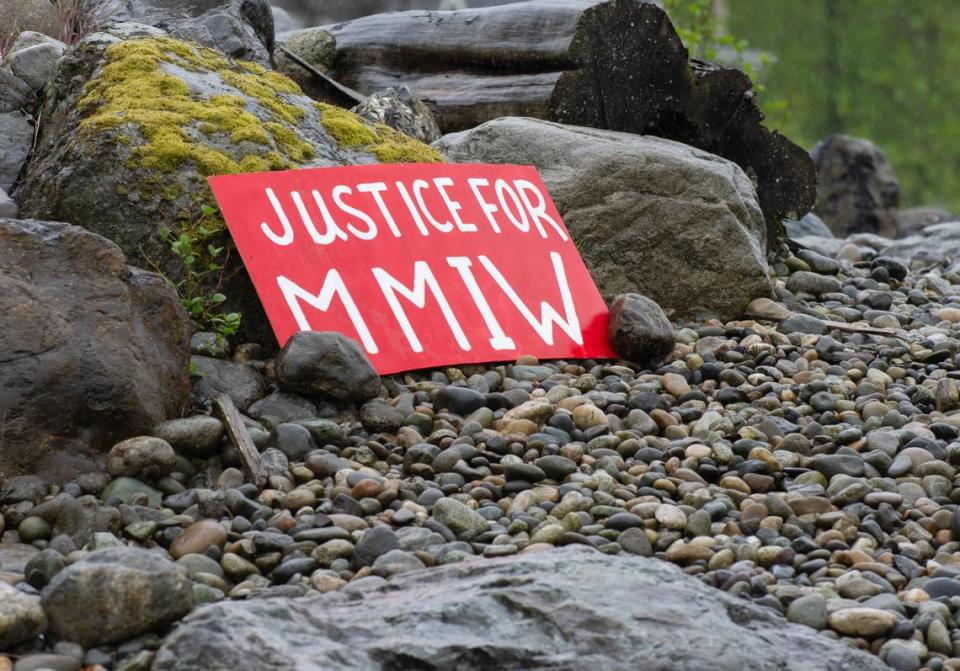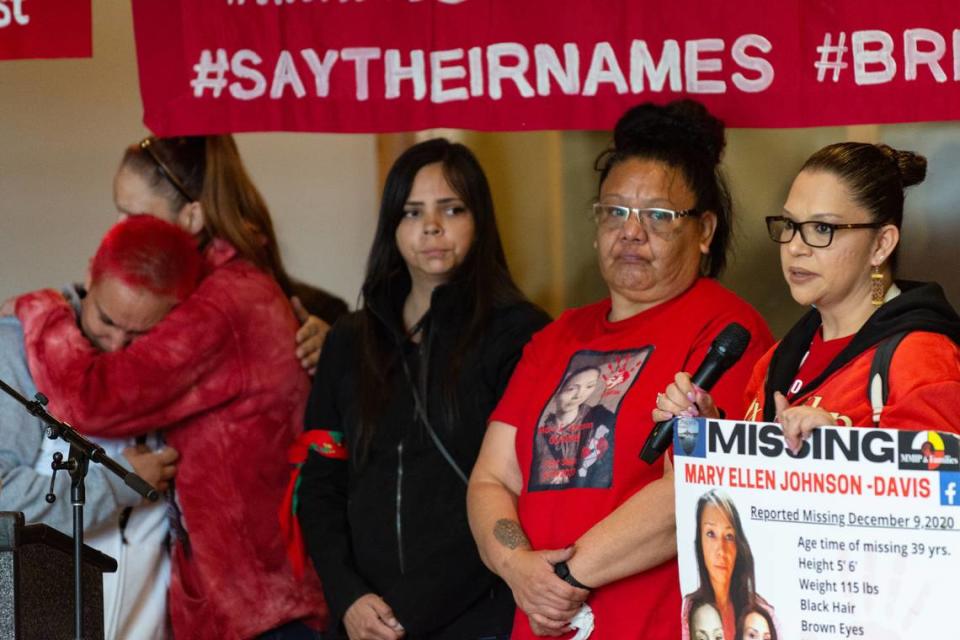New investigator hired by WA Attorney General for cold cases of missing Indigenous people
To address the ongoing epidemic of Missing and Murdered Indigenous Women and People (MMIWP), Washington state has created a task force to determine systemic causes, and is currently staffing a cold case unit specifically for Indigenous victims — a first of its kind.
State Attorney General Bob Ferguson announced this month he’s hired a chief investigator for the cold case unit.
“This is meaningful, important work supporting law enforcement in bringing closure to families who have been waiting too long,” stated Brian George, new chief investigator, in the news release. “I’m eager to get started.”
The Washington State Patrol manages a working list of Missing Indigenous Persons in the state. At last update, it reported 133 cases currently known and open of missing people. Most were from Yakima County, with 33 cases, and King County, with 21.
With 29 federally-recognized tribes and several unrecognized tribes, the Indigenous population in the Evergreen State accounts for at least 140,000 of the state’s 7.7 million people, or around 1.8%, according to the Washington State Office of Financial Management.
However, it is believed that Native American populations are undercounted at twice the rate of any other group.
But despite making up less than 2% of the state’s population, Indigenous victims make up 5% of Washington’s unsolved cases, according to data from the Homicide Investigation Tracking System through the Office of the Attorney General.
It is estimated that current numbers are only a fraction of actual cases, for multiple reasons. The AG’s office reports the disparity is “even more significant” based on reporting practices, racial misclassification, data collection and jurisdictional issues.

Washington’s new Indigenous Cold Case Unit
The unit was originally recommended by the Missing and Murdered Indigenous Women and People Task Force out of the Attorney General’s Office.
The unanimous recommendation that the office create cold case unit focused on Indigenous victims was a key element in the task force’s first report in 2022. Legislation was drafted earlier this year, which was passed unanimously and signed into law.
The task force, a separate operation from the cold case unit, consists of more than 20 people, from legislators to tribal members to law enforcement officials. It is tasked with assessing the systemic causes behind the MMIWP epidemic.
The cold case unit will consist of investigators, looking into specific cases in the state.
Brian George is a law enforcement veteran and enrolled member of the Port Gamble S’Klallam Tribe, according to a release from Ferguson’s office. He has spent more than 25 years serving with Washington State Patrol and was director of the Washington State Fusion Center, which provides intelligence to agencies across the state.
“Hiring a leader for my office’s new cold case unit is an important step as we pursue justice and accountability in these cases,” Ferguson said in the release. “Our first-of-its-kind unit represents the commitment of our state to do all we can to support law enforcement and Indigenous families affected by this crisis.”

The office is reviewing applications for other positions in the unit, including investigators and a “case navigator,” whose job will be maintaining communication with families and providing information with culturally appropriate, trauma-informed practices, according to the release.
Missing and Murdered Indigenous People in WA
Washington is not alone with its MMIWP epidemic. According to the Centers for Disease Control and Prevention, the second-highest homicide rate in 2020 was among non-Hispanic American Indian and Alaska Native people.
The Seattle Indian Health Board studied more than 70 urban areas in the U.S. and found that Seattle and Tacoma have some of the highest rates of MMIWP. Despite this, Washington state only has two federal investigators in the Bureau of Indian Affairs’ (BIA) Missing and Murdered Unit.
The BIA estimates there are 4,200 unsolved cases of missing and murdered Indigenous people. This takes into account discrepancies in reporting, racial misclassification, unreported cases and other factors.
MMIWP fast facts from the Bureau of Indian Affairs:
More than four in five American Indian and Alaska Native women have experienced violence in their lifetime (84.3%), more than 1.5 million women
Over half of American Indian and Alaska Native women have experienced sexual violence in their lifetime (56.1%)
American Indian and Alaska Native women and girls experience the second-highest homicide rate in 2020
American Indian and Alaska Native men and boys had the second highest homicide rate compared to other racial and ethnic male groups
In 2020, homicide was a top 10 leading cause of death for American Indian and Alaska Native women ages 1 to 45, and for American Indian and Alaska Native men ages 1 to 54.
Violence rates on reservations can be up to 10 times higher than the national average

